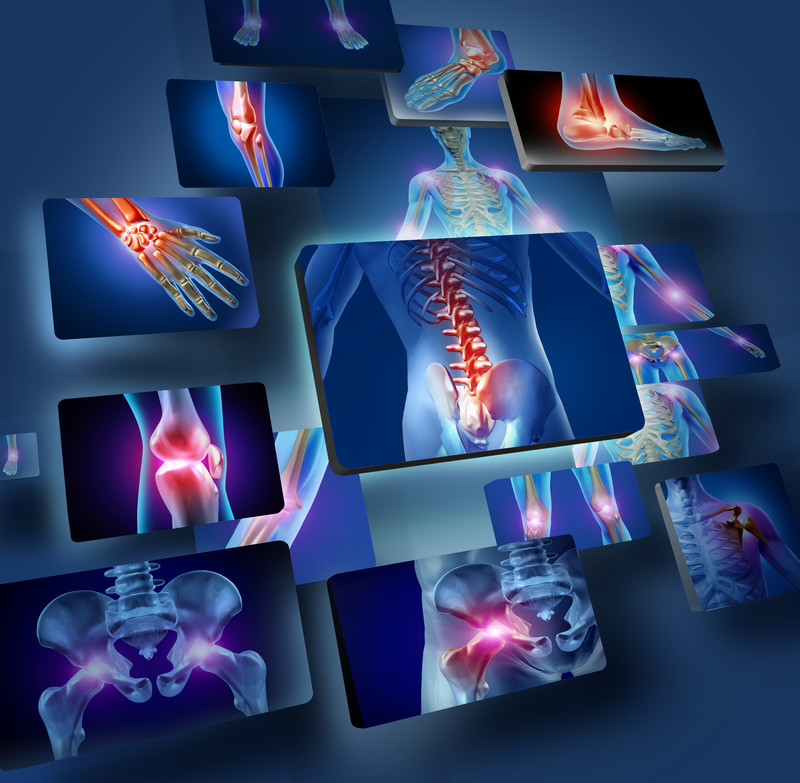Osteoporosis is a disease in which bones grow more fragile and porous over time, making them more likely to break. Often known as the “silent disease,” osteoporosis is painless and many people don’t even know they have it until they suffer a broken bone after a minor injury, or begin to lose height. Sometimes the only symptom is a dull pain that is felt, in the hips, lower back, neck and wrists.
Generally, our bones reach a peak bone density at 25 to 30 years of age. Shortly afterward, we begin to lose bone density. Osteoporosis is diagnosed when a significant amount of density within our bones has been depleted.
Certain people are at higher risk of developing osteoporosis than others. Risk factors include: *
- Being female
- Family history of osteoporosis
- Thin or small frame
- Postmenopausal
- Vitamin and nutritional deficiencies
- Diet low in calcium
- Inactive lifestyle
- Caucasian or Asian ethnicity
- Certain medications like corticosteroids or anticonvulsants
- Low estrogen levels in women
- Low testosterone levels in men
- Excessive use of alcohol
- Cigarette smoking
* http://www.nof.org/osteoporosis/diseasefacts.htm – February, 2006
Testing for Osteoporosis
Treatment for osteoporosis involves preventing further bone weakening, building bone density, preventing bone fractures, and managing any pain you have. But first, you must be diagnosed. A simple, painless screening called a bone mineral density (BMD) test is used to
- Identify osteoporosis before a fracture occurs
- Predict your chances of fracturing in the future
- Determine your rate of bone loss
- Monitor the effects of any treatment
In a BMD test, you simply lie on a padded table beneath a scanning device. The technician uses a small amount of radiation, or sound waves, to collect information about your bone mass. The results are then compared to normal values. If you are identified as having signs of osteoporosis, certain treatments can help slow bone loss and reduce your risk of fracture. Identifying osteoporosis early is important. Plus, most private insurance carriers and Medicare now cover BMD testing for certain individuals. BMD testing is safe, painless, and noninvasive; it is recommended that all women over age 65 be tested.
Osteoporosis Treatment
Treatment for osteoporosis involves preventing further bone weakening, building bone density, preventing bone fractures, and managing the pain associated with the disease. It is recommended that people of all ages engage in regular weight-bearing exercises, such as walking, riding a stationary bike, or jogging. Supplementing your diet with 1,200 to 1,500 mg of calcium and 600 to 800 IU of vitamin D daily can also help to keep your bones strong. In some cases, your doctor may discuss estrogen replacement or other medications that strengthen the bones by increasing the density and preventing further bone loss.
If you suspect that you have signs or symptoms of osteoporosis or have risk factors for osteoporosis, please see your doctor for further evaluation and treatment.

